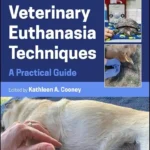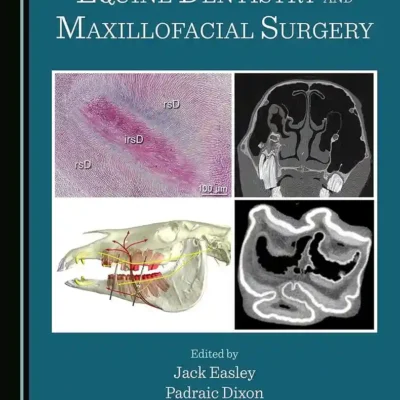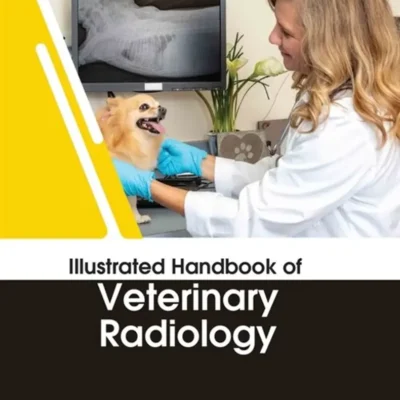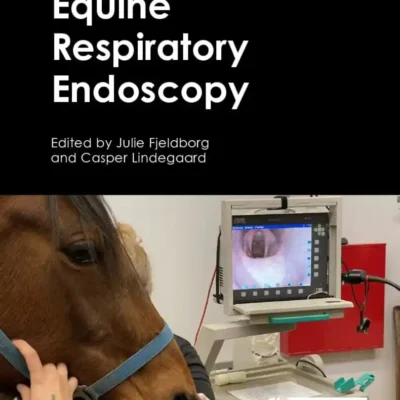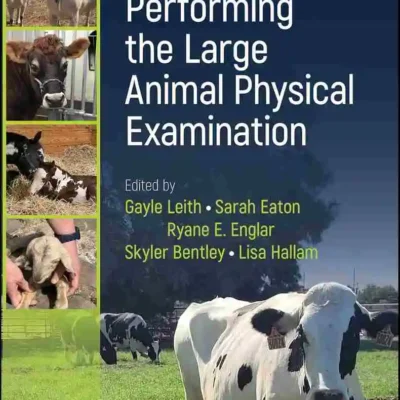Equine Scintigraphy
 by S. J. Dyson, R. C. Pilsworth, A. R. Twardock, M. J. Martinelli
by S. J. Dyson, R. C. Pilsworth, A. R. Twardock, M. J. Martinelli
August 2003
Modern veterinary medicine is confronted in a persistent way by basic sciences and new techniques. Various developments in chemistry, biochemistry and physics allow new diagnostic and therapeutic procedures and force the veterinarian to engage in interdisciplinary problems.
Nuclear medicine sets a typical example for these tendencies. The use of radioactive substances in medical diagnosis has gained a high standing because of large clinical experiences, numerous experimental results, advances in physics, radiochemistry and marked improvements of the technical equipment. The development of human nuclear medicine in the last two decades has been amazing.
In the 1980s and 1990s, turf battles started between nuclear medicine and new imaging modalities such as computer assisted tomography and magnetic resonance imaging. Nuclear medicine seemed to be on the losing end. However, new techniques like positron emission tomography and imaging with radioactive labelled antibodies kindled new interest.
The development of nuclear medicine in the veterinary field was much less spectacular. The first publications of the applications of radioisotope imaging techniques appeared in the late 1960s and early 1970s. Usually these were very limited investigations in selected cases with exotic nuclides such as 85Sr and 87mSr. Routine application of the radioactive labelled tracers became possible after the introduction of 99mTc and the availability of suited labels for the different target organs. In small animal medicine, nearly all procedures known to the human nuclear medicine were tested and became routine examinations in specialised centres. However, large scale availability never became reality.
In equine radiology, only the application of 99mTc-labelled substances for the demonstration of bone metabolism and the airways became accepted examination methods. All other possibilities for the demonstration of organ .metabolism never gained acceptance on a larger scale.
The duties of the veterinarian using radioactive imaging are varied. Indications for the use of the radioactive label, the assessment of radioactive risk, differentiation and interpretation of results are some of the points to be considered.
The aim of this book is to substantiate the application of the radioisotope imaging method in the horse by physical, chemical, biochemical, physiological and pharmacological means and to outline its advantages against other imaging methods. It is not a book containing all the information to interpret bone scans in the different regions. Instead, it tries to give the necessary information on how to perform the examination and which possibilities exist for the interpretation process. Examinations can be performed in different ways. Most veterinarians like-to perform scintigraphic examination in the standing horse. This limits the total number of counts that generate the image. Movement of the patient is the limiting factor. Examination in the anaesthetised horse allows the acquisition of large count numbers and images with better resolution and more anatomical detail, but at the cost of the anaesthetic risk.
PDF 43.85 MB



